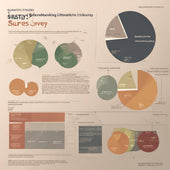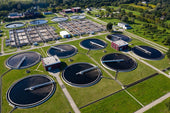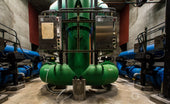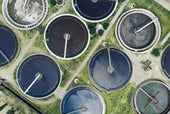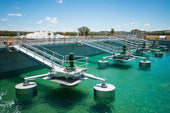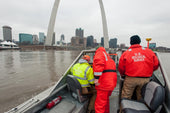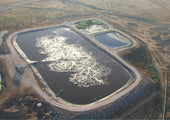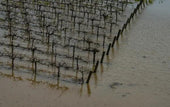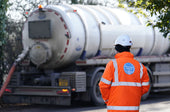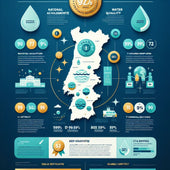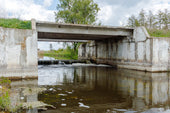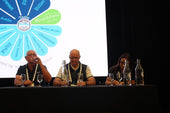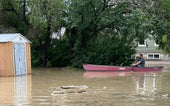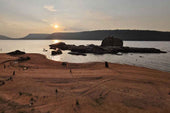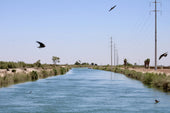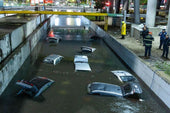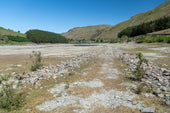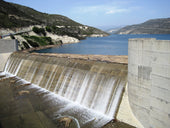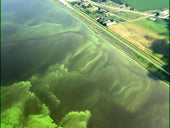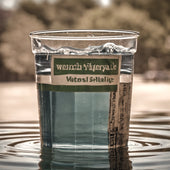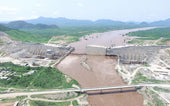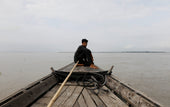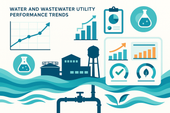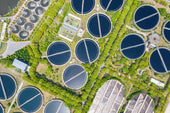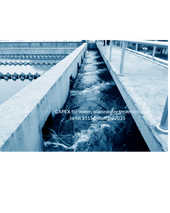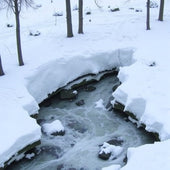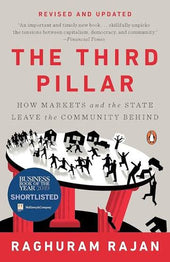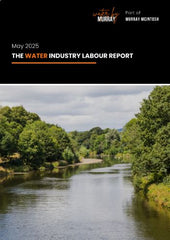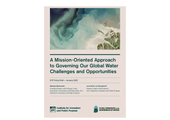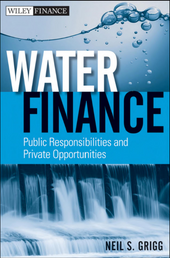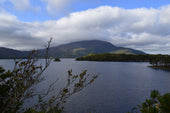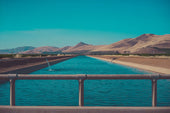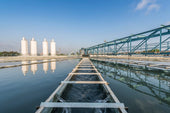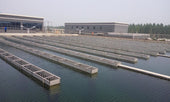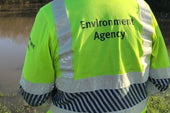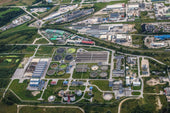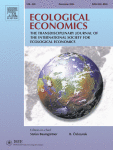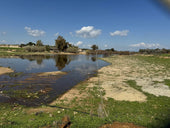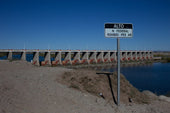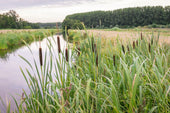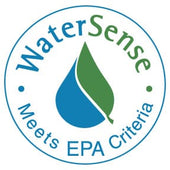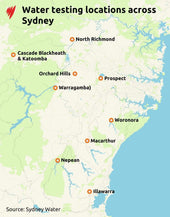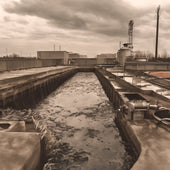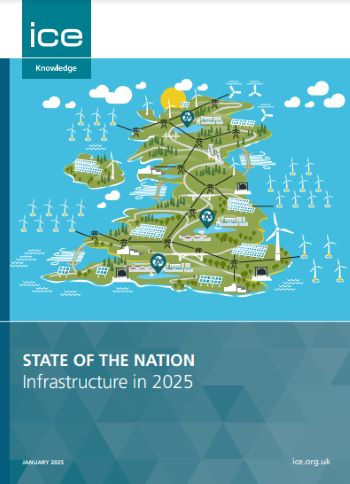
Institution of Civil Engineers warns UK’s water and wastewater infrastructure faces enormous challenge over coming decades
The Institution of Civil Engineers is warning that the nation’s water and wastewater infrastructure faces an enormous challenge over coming decades – with a daunting scale of the main problems urgently awaiting a package of resilient, sustainable solutions.

T year’s publication addresses the UK’s key infrastructure problems across the sectors, highlighting innovative engineering techniques and technologies that could help to solve them.
It also focuses on the resource challenge in water: how to make more of it available for supply in water-stressed areas of the UK.
The big push is towards re-use, the ICE says, treating wastewater and putting it through an acceptable process that renders it potable and adds it to the supply network.
According to the report, wastewater recycling schemes (which can also entail reservoir-building) “court controversy with the so-called yuck factor.”
ICE says it is taking practical action to address the issue, this time through its design champion work- a key new board-level role that the government has mandated must be in place on every scheme deemed to be a nationally significant infrastructure project.
“By putting good design at the heart of projects, in line with the National Infrastructure Commission’s design principles – climate, people, places and value – these potentially contentious initiatives should become more publicly acceptable,” the report suggests.
The ICE is working with the National Infrastructure Commission and Anglian Water to shape the role of the design champion on the latter’s major water resource projects. In doing so, the institution hopes to help make these vital plans a reality.
In the energy sector, too, more sources need to be tapped. The potential of tidal energy is back on the agenda – and there is strong support in Liverpool and the surrounding region for a proposed barrage-based power station on the Mersey estuary. This report showcases the Mersey plans and other related initiatives. The ICE will be working with managers of this project to help them with their market engagement.
The report briefly outlines the challenges currently facing the UK water sector, including:
the UK uses about 14 billion litres of water every day and England alone will need almost 5 billion litres more by 2050
thousands of kilometres of Victorian sewers still in use are struggling so badly to handle demand that discharges of raw sewage into rivers and coastal waters are far more than everyday occurrences. In 2022, there were 301,000 known spills from UK water companies’ storm overflows
the water quality of our rivers, lakes and seas is in a perilous state, with only 20% of British waterways in, or nearing, good ecological condition.
The ICE comments:
“This has caused widespread anger among those who have seen little effective action from water companies to improve the situation. Public trust in these businesses is at its lowest level since the Consumer Council for Water started tracking the views of bill payers in England and Wales 13 years ago.”
The ICE has previously called for stronger regulation and longer-term planning in the water sector. Reflecting the new government’s stated priorities, an ICE policy programme is now looking in depth at potential reforms.
The institution is also continuing to work with other bodies, including the Chartered Institution of Water and Environmental Management, to produce guidance and support aimed at removing barriers to the widespread retrofitting of sustainable drainage systems in towns and cities nationwide.
In last year’s State of the Nation report, the ICE called for greater innovation in, and use of, nature-based solutions and sustainable drainage systems as an affordable way to reduce the volume of stormwater entering sewerage systems and causing overflows.
Commenting on the water resources challenge, ICE says while leakage from water mains must continue to be targeted and demand has to be reduced - most obviously by compulsory metering and pricing - the real challenge lies in securing new resources and adequate storage. The report references plans to create major new reservoirs currently being progressed by Thames Water, Anglian Water and Portsmouth Water.
ICE is also highlighting a separate planning application to allow Southern Water to add highly treated purified recycled water to the reservoir and so enable it to be more productive during droughts – the Hampshire Water Transfer and Water Recycling Project would be the first scheme of its kind in the UK.
Infrastructure engineers must help to ensure that more innovations of the type Portsmouth Water is proposing become a reality, ICE says, commenting:
“One way of achieving this is to be open and honest about what’s being done – and committing to doing it when promised – because engineers need the public back on side.
“That’s going to be a challenge, given that the sewage discharge problem is not a quick or cheap fix. ...Tackling leaks is no easy task either, given that much of the leakiest pipework runs through densely populated areas. Digging up busy urban thoroughfares to repair or replace mains is both costly and highly disruptive.”
Pointing out that water companies previously worked to a “sustainable economic level of leakage”, according to ICE it is only in the past few years, now that climate change is firmly on the agenda, that they have been asked by the government to reduce leakage by half before 2050.
Stories about water companies’ R & D work, major projects and achievements “need to be shared widely to win over the public”
ICE says that stories about the regulatory constraints the water companies’ operate under, their R & D work, major projects and achievements “need to be shared widely to win over the public.”
According to ICE:
“Certain initiatives have been able to communicate well and secure widespread backing, with some even creating a supportive extended community for themselves. The Thames Tideway Tunnel, for instance, provides a case study in shrewd public relations.
“The so-called Super Sewer construction project has sold itself effectively as an environmental initiative with the guiding ethos of reconnecting London with its river.”
The ICE says:
“Engineers everywhere should take note of all effective methods of promoting their good – and crucial – work and explore ever more creative ways to listen to the public and take their concerns about big infrastructure on board.”
Click here to download the report in full


